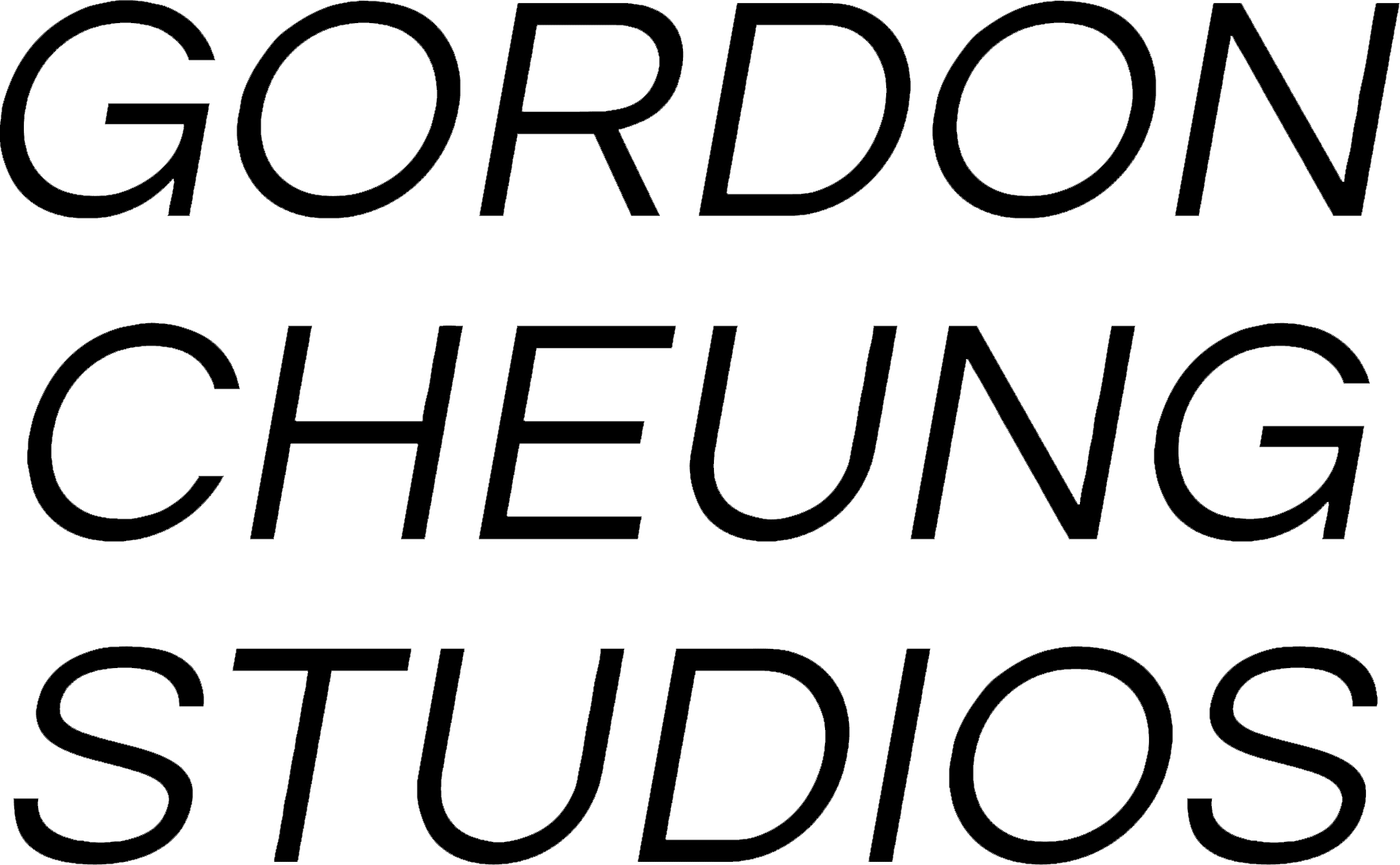-
Artworks

Window #25, 2019
Financial Times newspaper, bamboo and adhesive80 x 57.5 x 2 cm
31 1/2 x 22 1/2 x 1 inTraditional Chinese windows made from financial newspaper and bamboo refer to homes that were demolished for China’s rapid urbanisation. Here they hover between states of ‘being’, suggesting a ghost architecture...Traditional Chinese windows made from financial newspaper and bamboo refer to homes that were demolished for China’s rapid urbanisation. Here they hover between states of ‘being’, suggesting a ghost architecture that would have supported the windows. They act as a demarcation between Communism from what might be paradoxically called Communist Capitalism. Gazing from the past through a financial frame into the future.
The word ‘home’ evokes the place where one lives, especially as a member of family or household. It also carries the meaning of returning by instinct to one’s territory after leaving it. Being both Chinese and British, Cheung witnessed the 1997 British to China handover of the then colonised Hong Kong. His dual identity prompts him to think about the definition of home, where and what it is, and the narratives of conquest. What is the meaning of home in an age where the world order is changing at accelerated speed? How can a domestic domicile be powerlessly torn down and replaced with a shopping mall or a skyscraper, all in the name of progress?
Hong Kong is often used as a backdrop in science fiction to explore the intersections of old and new architecture. The compressed futuristic city is composed of layered expressions of humanity, history and civilisation, forming a feedback loop that we collectively define but also simultaneously defines our identities. The existential questions of ‘who, why and what am I?’ are universal questions of consciousness, and also the germinating seeds of transformation that Cheung layers into his work.
From his ‘Home’ video, audio from Edel Assanti Home Fires
“Home” is an installation of traditional Chinese windows as this idea of meditating on the relationship between the family unit to the civilization in the name of progress. These windows, to me, became a representation of a demarcation between one era to the next. So from communism to capitalist communism through the metaphor of home embodied, for me, by the windows themselves.
“A few years ago, I went on a silk road trip from Xi’An through to Uzbekistan. And what it seemed to show to me was that we had globalisation but at the speed of a camel. I wanted to try to find a way to capture the relationship between these enormous projects to homes – as units of the civilisation. I substituted paint for newspaper as a metaphor of the information space that we found ourselves in. I layer lots of newspaper together, and then I mould them into forms and it almost turns the newspaper back into wood. It was a way of trying to embody our human experience in this virtual space that we have created on a global scale.”
Exhibitions
Transfer of Power, C-Project, Los Angeles, USA (07/23/2021 to 08/14/2021)



